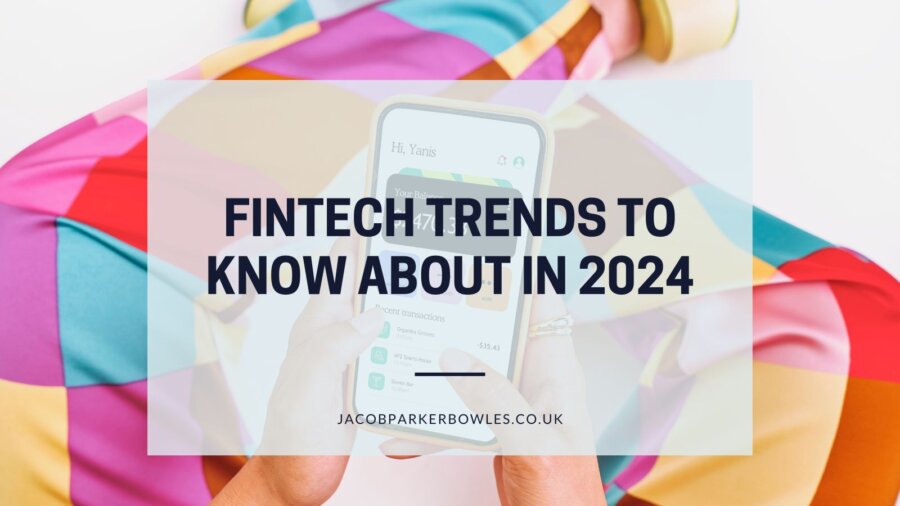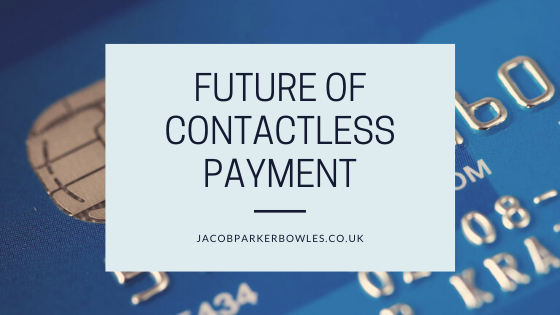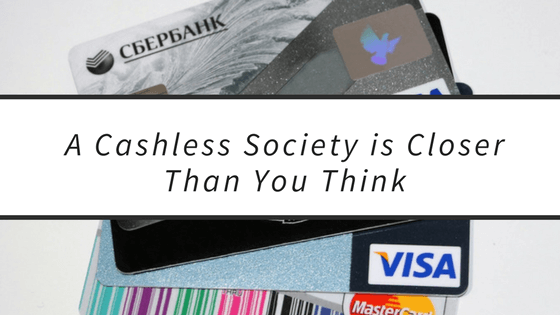The financial technology (FinTech) sector has been a catalyst for transformative changes in the way we manage, invest, and transact with money. As we embark on the journey through 2024, the FinTech landscape continues to evolve, promising innovations that will redefine the financial industry. In this article, we explore the key FinTech trends set to dominate and reshape the financial landscape in the year ahead.
- Decentralized Finance (DeFi) 2.0: Decentralized Finance, or DeFi, has been a revolutionary force in the FinTech space, and 2024 is poised to witness the evolution of DeFi 2.0. As the ecosystem matures, DeFi platforms are expected to address scalability challenges, enhance security measures, and offer more sophisticated financial products. Smart contracts, lending protocols, and decentralized exchanges are likely to become more user-friendly, attracting a broader audience and fostering mainstream adoption.
- Central Bank Digital Currencies (CBDCs) Take Center Stage: The concept of Central Bank Digital Currencies (CBDCs) has gained momentum, with several countries actively exploring and implementing their digital currencies. In 2024, we anticipate an acceleration in CBDC initiatives globally, marking a significant shift in the traditional financial landscape. These digital currencies, backed by central authorities, aim to streamline payments, enhance financial inclusion, and provide regulators with more control over monetary policies.
- Integration of Artificial Intelligence (AI) and Machine Learning (ML): The marriage of FinTech and artificial intelligence is set to reach new heights in 2024. AI and ML algorithms will play a pivotal role in enhancing data analytics, risk management, fraud detection, and personalized financial services. Advanced predictive analytics will empower financial institutions to offer tailored solutions to individual users, providing a more seamless and efficient customer experience.
- Rise of Embedded Finance: Embedded finance, the integration of financial services into non-financial platforms and applications, is gaining traction. In 2024, we can expect to see an increased collaboration between FinTech firms and non-financial businesses, such as e-commerce platforms, ride-sharing apps, and social media networks. This trend allows consumers to access financial services seamlessly within the applications they already use regularly, blurring the lines between traditional banking and everyday activities.
- Sustainable and ESG Investing: Environmental, Social, and Governance (ESG) considerations are becoming integral to investment decisions, and FinTech is aligning itself with this trend. In 2024, we anticipate a surge in FinTech platforms offering sustainable investment options, ESG ratings, and tools for conscientious financial decision-making. Investors are likely to have more access to transparent information on the environmental and social impact of their portfolios, driving a shift towards responsible and sustainable investing.
- Enhanced Cybersecurity Measures: With the increasing digitization of financial services, cybersecurity remains a top priority. In 2024, the FinTech industry will continue to invest heavily in advanced cybersecurity measures to safeguard sensitive financial information. This includes the adoption of blockchain technology for secure transactions, biometric authentication methods, and real-time threat detection to stay ahead of evolving cyber threats.
- Open Banking Evolution: Open banking, which allows third-party developers to build applications and services around financial institutions, is evolving. In 2024, we can anticipate more comprehensive and secure open banking ecosystems. This evolution will lead to improved collaboration between traditional banks and FinTech startups, resulting in a broader range of innovative financial products and services for consumers.
- NFTs and the Tokenization of Assets: Non-fungible tokens (NFTs) have taken the world by storm, and their application is extending into the financial realm. In 2024, we expect to witness the tokenization of various assets, from real estate to art and intellectual property. This trend will democratize access to traditionally illiquid assets, allowing a broader range of investors to participate in asset ownership and trading.
- Quantum Computing Impact: As quantum computing progresses, its impact on the FinTech sector becomes more imminent. While still in its early stages, quantum computing has the potential to revolutionize financial modeling, optimization, and encryption. In 2024, we may see increased exploration of quantum-resistant encryption methods and early experiments leveraging quantum computing capabilities for financial calculations.
- Financial Inclusion Initiatives: FinTech is increasingly becoming a force for financial inclusion. In 2024, expect to see more initiatives focused on providing banking and financial services to the unbanked and underbanked populations. Mobile banking, digital wallets, and innovative lending platforms will play a crucial role in bridging the financial inclusion gap and empowering individuals in underserved communities.
In conclusion, the FinTech landscape in 2024 promises to be dynamic, transformative, and marked by a wave of innovations that redefine how we interact with and perceive financial services. From the evolution of decentralized finance to the integration of advanced technologies like AI and quantum computing, the FinTech trends of 2024 are set to shape a more inclusive, efficient, and secure financial future for individuals and businesses alike.





